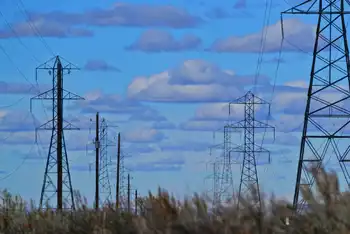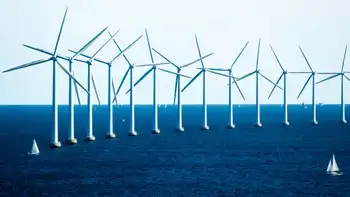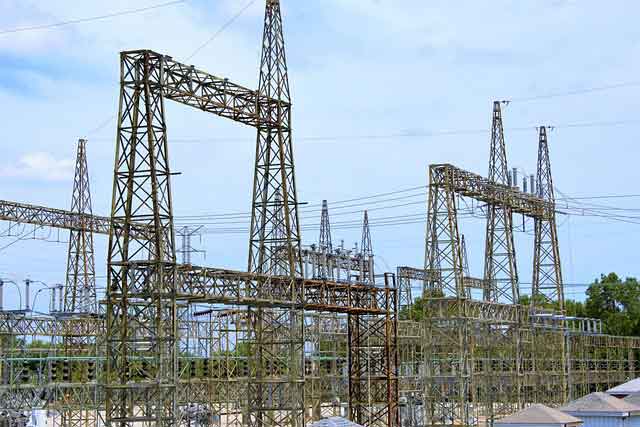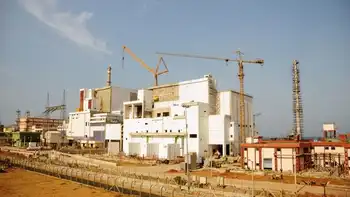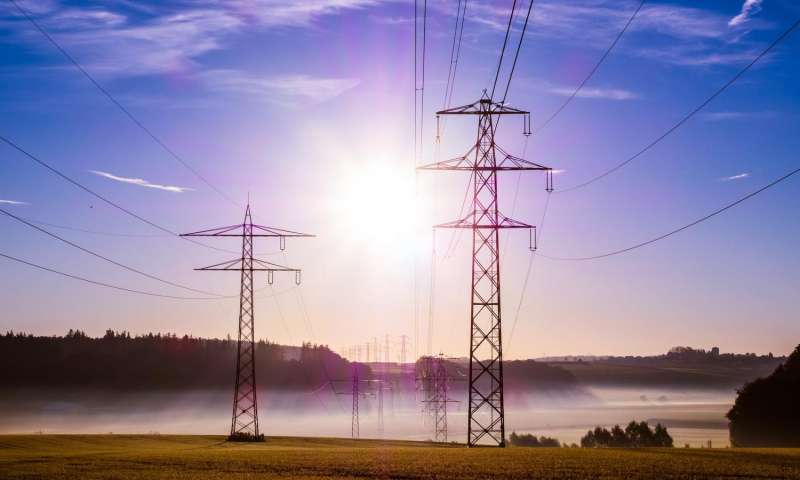Smart grid gets test at Maui resort
By Fresno Bee
NFPA 70e Training - Arc Flash
Our customized live online or in‑person group training can be delivered to your staff at your location.

- Live Online
- 6 hours Instructor-led
- Group Training Available
General Electric Co. recently announced it would test its "smart grid" technology in the luxury resort community of Wailea, hoping to reduce peak electricity consumption there by 15 percent by 2012.
Planners envision installing a new kind of power meter in homes - a wall-based unit that can monitor how much electricity is being used by various appliances and turn them off at peak times during the day or night when demand for energy is higher, and thus costlier to consume. The project also would upgrade the utility's computer systems so that it can integrate more renewable energy.
There are about 70 smart grid pilots nationwide, including Miami, Seattle, Houston and Boulder, Colo. But Wailea is one of the only resort communities where the test is being conducted.
"There's a lot of opportunities for us to improve our knowledge of what's using power, and making it easier for us to shut off the power when we're not around," said Bob Gilligan, vice president for transmission at GE Energy. "Most consumers aren't really aware of how much energy they're using at any time of day."
For example, if customers knew what times electricity was most expensive, they could automatically adjust air conditioning and refrigerator temperatures, or they could choose to delay turning on the dishwasher until power demand drops.
That would save money for power users. It would also reduce the strain on the grid, allowing the electric utility to absorb more renewable energy from wind turbines and solar panels.
Located on the slopes of Haleakala, Wailea was chosen for the smart grid because rapid construction growth in the area and its isolation make it a fertile testing ground, said Peter Rosegg, spokesman for Hawaiian Electric Co., a shareholder-owned utility and the parent of Maui Electric Co.
"Eventually, advanced metering and the smart grid will be all across the country," Rosegg said. "They can learn a lot here on a small, easily manageable grid."
Half of the $14 million Maui project is paid for with a federal Department of Energy grant, with the rest of the resources and personnel contributed by General Electric and Hawaiian Electric. The pilot is being treated as part of the federal economic recovery package, which included $4.5 billion for smart grid development.
If Hawaiian Electric later decides to buy similar technology for use in other areas, it would have to put the project out to bid, with GE being one of the likely competitors. Other grid technology providers nationwide include ABB North America and Xcel Energy.
Hawaii remains the nation's most fossil-fuel dependent state, with imports supplying about 90 percent of its power needs.
Meanwhile, it's difficult for Hawaii power utilities to take on much more renewable electricity because of its unpredictable nature - the wind has to blow or the sun needs to shine, meaning old-fashioned, oil-fueled generators have to stay online to ensure power keeps flowing.
"The challenge of renewables is that they're not there when you want them," said Ted Peck, Hawaii's energy administrator, who organizes the state's efforts toward using more renewables. "The smart grid is able to manage when that energy gets to the load."
The smart grid would help integrate additional clean energy into the grid through computers that could quickly manage Maui's power needs, adding and subtracting alternative power sources when desired.
"It will give the utility another knob to turn when wind suddenly calms on an afternoon, or when people are coming home and turning on their air conditioning," said Devon Manz, an engineer at GE's Global Research Center.
Maui's independent power grid provides about 200 megawatts of electricity across the island during peak times, with its largest wind facility, Kaheawa wind farm, able to produce up to 30 megawatts within the current system.
Separate from GE's smart grid, another test project at Kaheawa aims to store and distribute 1 megawatt of renewable power using a large battery, said Noe Kalipi, director of government and community relations for First Wind, which runs the Kaheawa wind farm. Batteries and other electricity storage technologies will make natural energy more feasible to power utilities.
"We're all at the point of figuring out how to integrate more renewable energy," Kalipi said.





